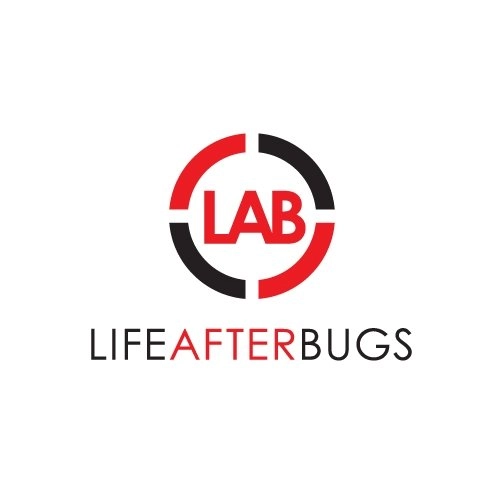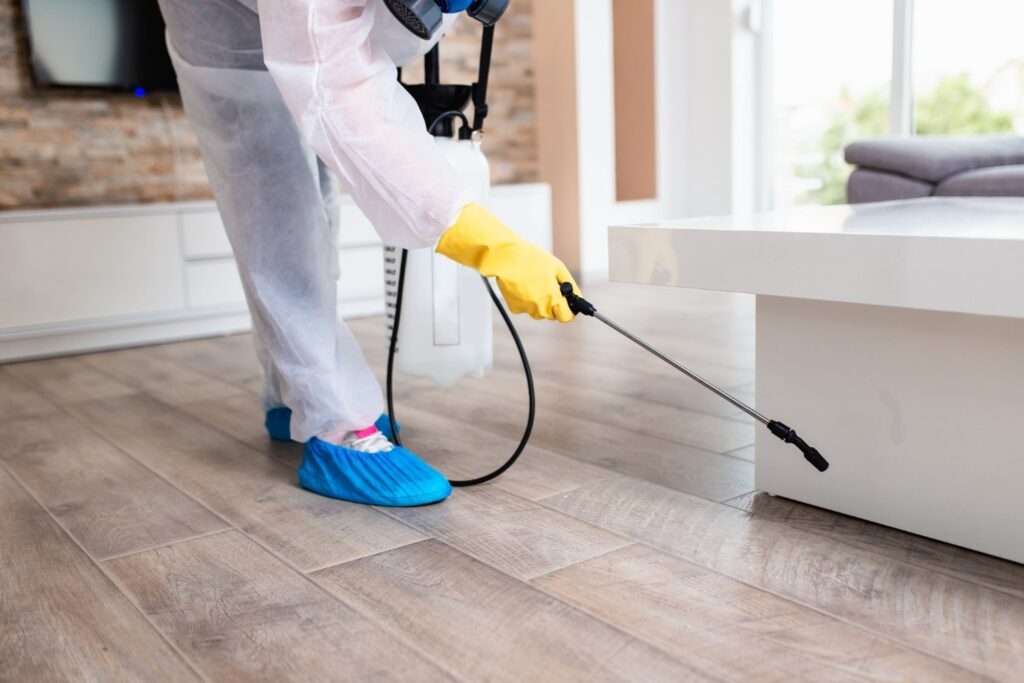As we tuck ourselves in at night, we rarely consider the microscopic creatures that may be lurking beneath our sheets. Bedbugs, the tiny insects that feed on human blood, have plagued humanity for centuries. In recent years, however, a new breed of bedbug has emerged: the custom bedbug. These adaptable creatures have evolved to become formidable opponents for even the most diligent exterminators. In this article, we will explore the lifecycle of the custom bedbug, from egg to adult, and examine how these pests have evolved to thrive in our modern world.
The Egg Stage: The Beginning of the Custom Bedbug’s Life
Like all bedbugs, the custom bedbug begins life as an egg. These tiny white ovals are about the size of a pinhead and are typically laid in clusters of 10-50 eggs. The female custom bedbug can lay up to 500 eggs in her lifetime, which can last up to a year. Once laid, the eggs hatch in around 6-10 days, depending on the temperature and humidity of the surrounding environment.
The Nymph Stage: A Period of Rapid Growth
Once the eggs hatch, the custom bedbug enters the nymph stage. Nymphs resemble adult bedbugs but are smaller and translucent. During this stage, the custom bedbug will molt five times, shedding its exoskeleton and growing larger with each molt. This process takes around 6-8 weeks, during which time the nymphs will feed on human blood at least once before molting.
The Adult Stage: The Peak of the Custom Bedbug’s Power
After the final molt, the custom bedbug reaches adulthood. Adult bedbugs are reddish-brown in color and are around 4-5mm in length. They have six legs, two antennae, and are wingless. The adult stage of the custom bedbug’s life can last up to a year, during which time it will feed on human blood every 5-10 days. Female custom bedbugs will also lay eggs during this time, continuing the cycle of life.
Adaptation: How Custom Bedbugs Have Evolved to Survive
What sets custom bedbugs apart from their predecessors is their remarkable ability to adapt to changing environments. These pests have evolved to become resistant to many of the pesticides that have been used to control bedbug infestations in the past. This resistance is due in part to the overuse of these chemicals, which has created a selective pressure that favors bedbugs with genetic mutations that make them less susceptible to the toxins.
Custom bedbugs have also adapted to our modern lifestyles, which involve frequent travel and the use of public transportation. These insects can hitch a ride on clothing, luggage, and even electronics, making it easy for them to spread from one location to another. Once they have infested a new location, they can quickly adapt to their surroundings, finding new hiding places and developing new behaviors to avoid detection.
Conclusion: The Never-Ending Battle Against Bedbugs
In the end, the lifecycle of the custom bedbug is a testament to the power of adaptation and evolution. These insects have evolved to become incredibly resilient, able to survive in a wide range of environments and avoid the many methods of control that have been developed to eradicate them. As a result, bedbug infestations have become increasingly common in recent years, leading to a growing demand for effective pest control solutions.
While the battle against bedbugs may seem never-ending, it is essential to remember that these pests are not invincible. With careful planning and the right professional help from Life After Bugs (a Houston, TX shop), it is possible to rid your home of bedbugs and prevent future infestations. Whether through heat treatments, chemical solutions, or a combination.
Get in Touch with our Experts at Life After Bugs & say goodbye to pest in your Houston, TX home.
Book a Free Consultation Today, Call (281) 709-2693











